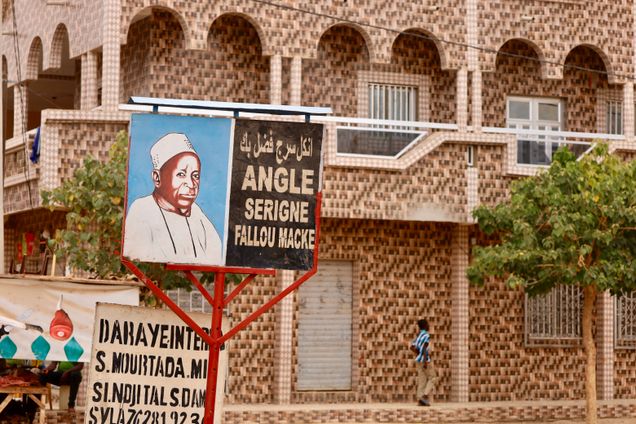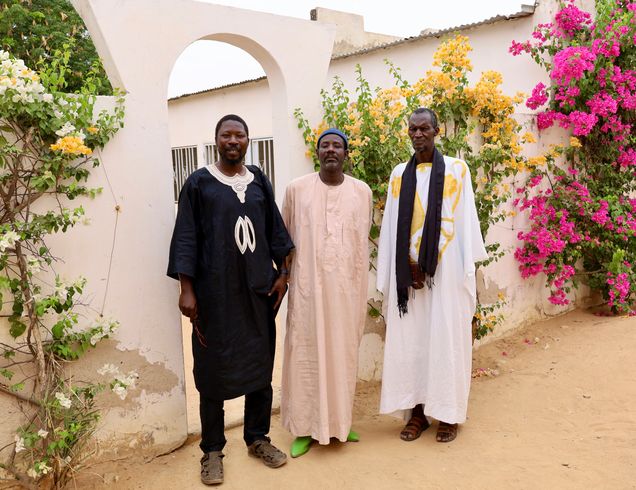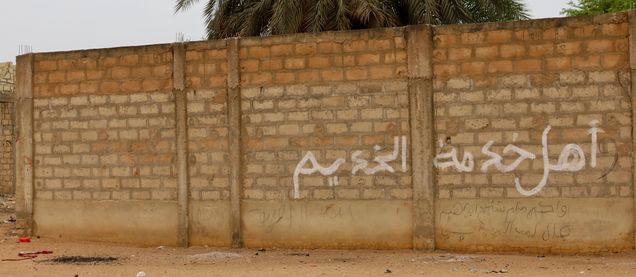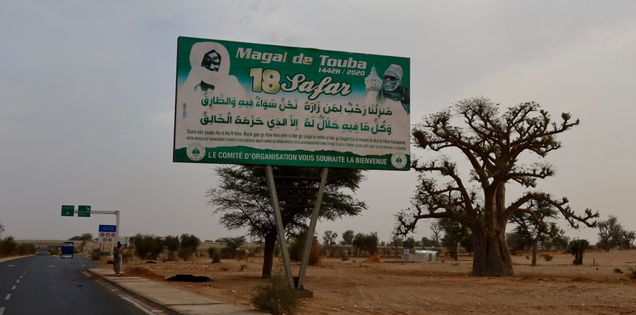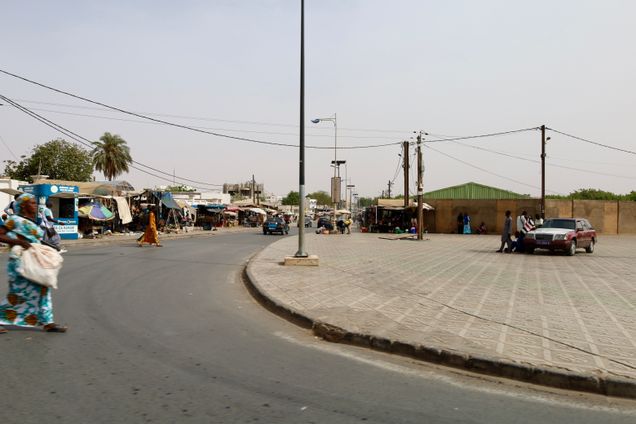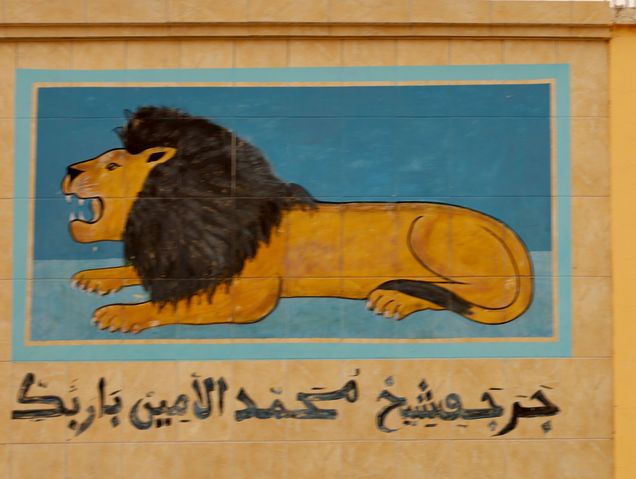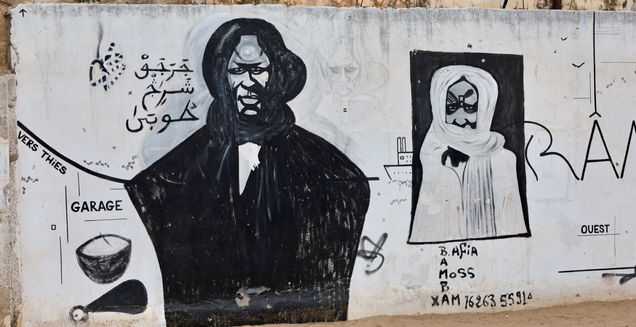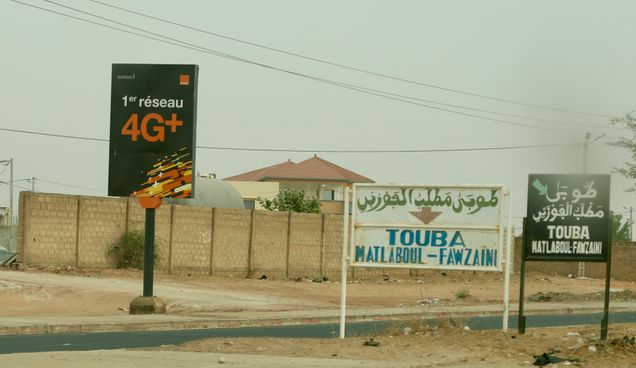Unit 3: Serigne Khalil Mbacké
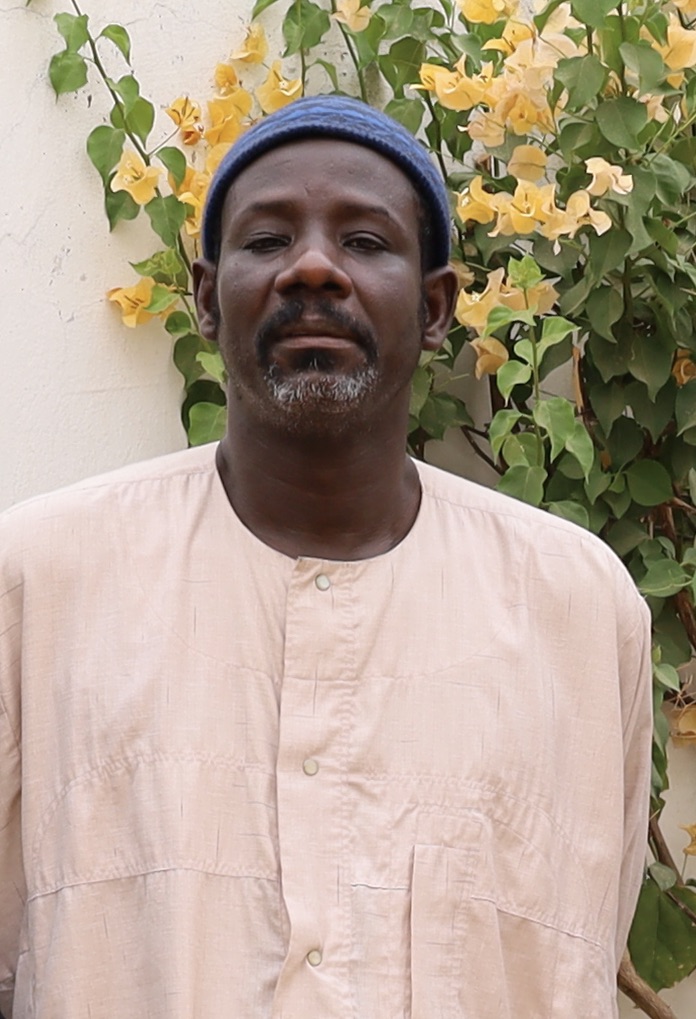
Metadata
| Title | Conversation with Serigne Khalil Mbacké |
| Interviewer | Fallou Ngom |
| Subject | Ajami poetry, geography, travel, education, the United States |
| Content | In this interview, Serigne Khalil Mbacké (Sëriñ Xaliil Mbàkke in the standard Wolof Latin script orthography) discusses his upbringing, education, and how he acquired Wolof Ajami literacy. He also reflects on the relationship between Wolofal poetry and Arabic poetry. He discusses how he developed interest in world geography and started composing Ajami poems on that topic as a result of the influence of his late grandfather, Serigne Saliou Mbacké (1915-2007) or Sëriñ Saalihu Mbàkke in the standard Wolof Latin script spelling. He shares how his grandfather, who served as the Caliph of the Muridiyya Sufi order of Senegal from 1990 to 2007, was well versed in world geography and used to discuss this subject with him. He shares his views on the educational value of traveling and explains why he documents the geography of the countries he visits in the form of Ajami poetry. He notes that using Google and maps, and writing poems on the geography of the countries he visits (United States, France, Belgium, Italie, South Africa, Saudi Arabia, Cape Verde, etc.), allows him to better understand those countries and travel in them more easily. The excerpt of the poem he reads in this interview was written during one of his trips to the United States. |
| Language | Wolof |
| Script | Wolof Ajami (locally called Wolofal) |
| Location | Touba, Senegal |
| Pedagogical content/application | Includes relevant linguistic, stylistic and cultural skills as identified in our assessment guidebook/ ACTFL guidelines |
| Access condition and copyright | These materials are subject to copyright and are distributed under the terms of the Creative Commons Attribution-NonCommercial 4.0 License, which permits non-commercial use, distribution, and reproduction in any medium, provided the original author and source are credited. For use, distribution or reproduction beyond these terms, contact Professor Fallou Ngom (fngom@bu.edu). |
| Contributors | Fallou Ngom, Ablaye Diakite, Daivi Rodima-Taylor, Sam Niang, Elhadji Djibril Diagne, Gana Ndiaye, Alison Parker, and Frank Antonelli. |
| Required citation information | Fallou Ngom (PI), Ablaye Diakite, Daivi Rodima-Taylor, Elhadji Djibril Diagne, Sam Niang, and other contributors. 2023. “Conversation with Serigne Khalil Mbacké.” https://sites.bu.edu/ria/wolof/wolof-unit-3/ |
Videos
Wolof with English Subtitles
Wolof with Latin Script Subtitles
Community Images
(click on the image for a larger view)
Pedagogical Activities
Glossary
- Añ b-: Lunch
- Araf b-: From Arabic ḥarf, letter
- Araf wu góor g-: A male letter meaning a consonant in Wolof
- Araf wu jigéen j-: A female letter meaning a vowel in Wolof
- Arūd b-: From Arabic ʿarūḍ, the study of poetic meters
- Bahru b-: From Arabic baḥr, meter or poetic genre in Wolof
- Bayit or Bëyit b-: From Arabic bayt, a metrical unit of poetry, verse
- Bes or bis b-: Day
- Bindoo: Characterized, shaped
- Ci keppaar g-: Under the guidance, guardianship, supervision, or tutelage of
- Daahira or daayira: Religious organization
- Dëkk b-: Town, city, village. When used as a verb, it means to live, reside, dwell, inhabit
- Dex g-: River, stream
- Eskëy! An interjection expressing satisfaction or approval, commonly used in religious discussions
- Falsafa: From Arabic falsafa, philosophy
- Fànn w-: Topic, domain, subject matter, field, area
- Fekke: To witness, take part, attend
- Gerte g-: Peanut
- Jukki: To excerpt, extract, take from, retrieve. When used as a noun (jukki w-), it means unit, chapter, section
- Lim: To enumerate, tally, count. When used as noun (lim b-), it means number, figure
- Loyalu b-: Keyboard
- Mbay m-: Farming, agriculture
- Mbindum wesar m-: Prose writing
- Mbootaay m-: Organization, association, assembly, institution
- Melosuuf: Geography
- Njàng mu gaaw: Intensive learning, crash course
- Peese: From French peser, to weigh, evaluate, or assess
- Siyaare: From Arabic ziyāra, to pay a visit, often used for a pious visit to a religious leader or site
- Toftal: To add words
- Toq b-: Drop, small amount
- Waxtaan w-: Discussion, conversation
Notes
- Aji Màkka: To perform the pilgrimage to Mecca, one of the five pillars of Islam. Every Muslim must make the pilgrimage at least once in their lifetime if they have the means.
- Dal: To stay somewhere, to be hosted. In some contexts, criticize. In Senegalese culture, guests are to be well treated. Because guests are regarded as silent critics, hosts are expected to ensure that there is nothing bad to say about them.
- Sànc daara: To create a Quranic school. It is regarded as an honor in Wolof society and one of the ultimate goals of many Quranic school students.
- Sëriñ Saaliw Mbàkke par Serigne Saliou Mbacké: One of the sons of Shaykh Ahmadu Bamba (1853-1927), the founder of the Muridiyya Sufi order of Senegal. He served as the fifth Caliph of the Muridiyya from 1989 to 2007. His major achievements include founding and improving numerous Quranic schools in Senegal, especially in the city of Touba. He is also remembered as the founder of the largest “school-farm” in Khelcom in the 1990s where students pursue Islamic studies and work on farms to support their communities.
- Tuubaa or Touba: Capital of the Muridiyya Sufi order of Senegal founded by Shaykh Ahmadou Bamba in the 1880s. It is the second largest and fastest growing city in Senegal.
- Xelkom or Khelcom: Name of one of the “school-farms” founded by Sëriñ Saaliw Mbàkke, the fifth Caliph of the Muridiyya.
Exercises:
Comprehension || Writing || Listening / Speaking and Conversation || Cultural Competence
Comprehension: Video
Comprehension: Image
Writing
Listening / Speaking and Conversation
- Tënk ak tontu ay laaj. Tënkal li widewoo bi ëmb ci sa gis-gis ci kanamu say naataango. Boo noppe, ñu laaj la ci nga wax.
Cultural Competence
- Woneel aada ngëm-ngëm yi gën a am solo ci biir widewoo bi.
